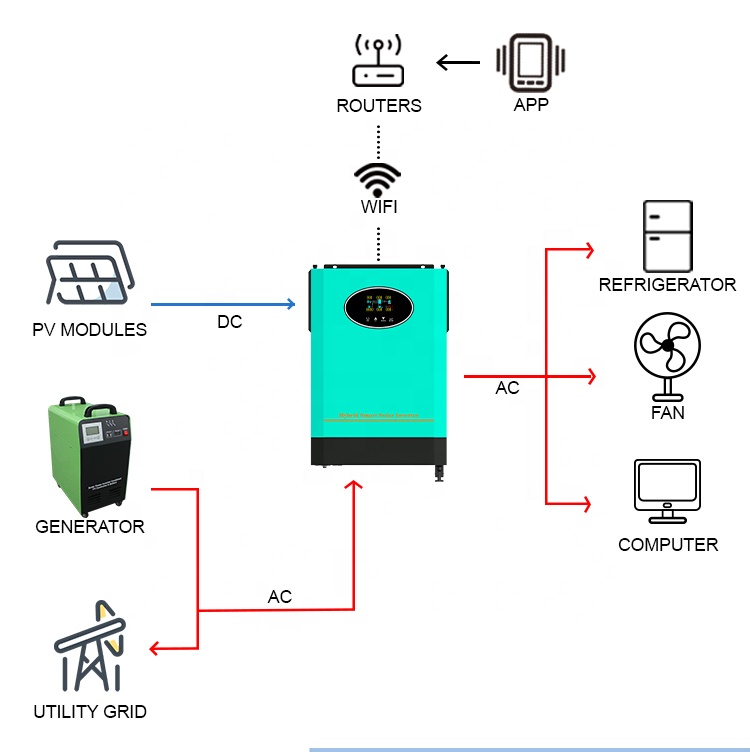When it comes to experiments, there are often multiple approaches you can take. Like a single item, it can serve various purposes if you think creatively. One of the essential steps in an ELISA experiment is washing, and it plays a critical role in the overall process. If you're curious about different methods, Shanghai Jinma is here to walk you through two common techniques used in ELISA washing.

Method 1: Flow Rinse
This method was originally designed for washing bead carriers, using distilled or even tap water. A special device is used during the process to continuously roll and wash the beads under running water. The beads are rinsed for about 2 minutes, then soaked in distilled water for another 2 minutes before being dried. This technique is known for its thoroughness and efficiency. In practice, it has also been successfully applied to microtiter plates. To enhance the effect, you can increase the water flow or pressure, allowing the water to directly impact the surface of each well, resulting in better cleaning performance.
Method 2: Soaking
1. Remove or dry the reaction solution from the wells. 2. Wash once with the washing buffer by filling the plate with the solution and then removing it. 3. Soak the plate by filling the wells with the washing solution and leaving it for 1–2 minutes. Gently shake the plate intermittently. Do not shorten the soaking time arbitrarily. 4. Drain the liquid from the wells thoroughly. Use a pump, vacuum system, or gently blot the remaining liquid on a clean paper towel or absorbent paper. 5. Repeat steps 3 and 4 for 3–4 times (or as required). In the indirect method, if the background is high, you may need to increase the number of washes or extend the soaking time.
These two washing techniques are widely used in ELISA experiments. Whether you're new to the process or looking to refine your skills, understanding these methods can significantly improve your results. If you have any questions or need further clarification, feel free to leave a comment on this page. You can also contact our sales team directly, and we’ll connect you with a technical expert who will be happy to assist you.
Whaylan On/Off Grid Solar Inverter
Pure sine wave output
The electrical waveform output of PH1800 is pure sine wave, which has the same quality as practical power supply or household power supply. This waveform is suitable for most electrical equipment, appliances and tools. This pure sine wave unit provides more functions than an improved sine wave inverter because it has a cleaner form of power. Pure sine wave can also reduce the noise generated when applying electrical appliances to a limited extent.

On/Off Grid Solar Inverter,Hybrid Inverter With Mppt Charge,pure sine wave solar inverter
suzhou whaylan new energy technology co., ltd , https://www.xinlingvideo.com